Field work 2022
The T-MARS field team traveled to Axel Heiberg Island, Nunavut in July 2022 to collect geological samples and remote sensing data.
The 2022 field team is composed of:
- Marie-Claude Williamson, Geological Survey of Canada, Field Team Leader
- Stéphanie Lachance, UdeS, master student and specialist in remote predictive mapping
- Éloïse Brassard, UdeS, master student and specialist in spectral signatures
- Hiba Aoid, McGill, master student and specialist in astrobiology
- Cassandra Marion, Canada Aviation and Space Museum, in charge of research outreach and scientific support
- Sean Clark, Sacred Heart High School, responsible for educational capsules related to arctic research and scientific support
We conducted the field season with support from the Polar Continental Shelf Program (PCSP), which provides logistical support to scientists to facilitate fieldwork throughout the Canadian Arctic.
Visit our interactive map to locate places of interest for the 2022 and 2023 field campaigns (in bold in the text here)!
Prior to departure, much of our expedition gear and dry food for the three weeks of fieldwork had been sent to the PCSP Arctic logistics hub in Resolute Bay (Figure 1). All that was left to do was to bring our scientific instruments, personal gear and perishable food with us on the plane. We were ready for the big departure from Ottawa on the morning of July 6th! (figure 2)
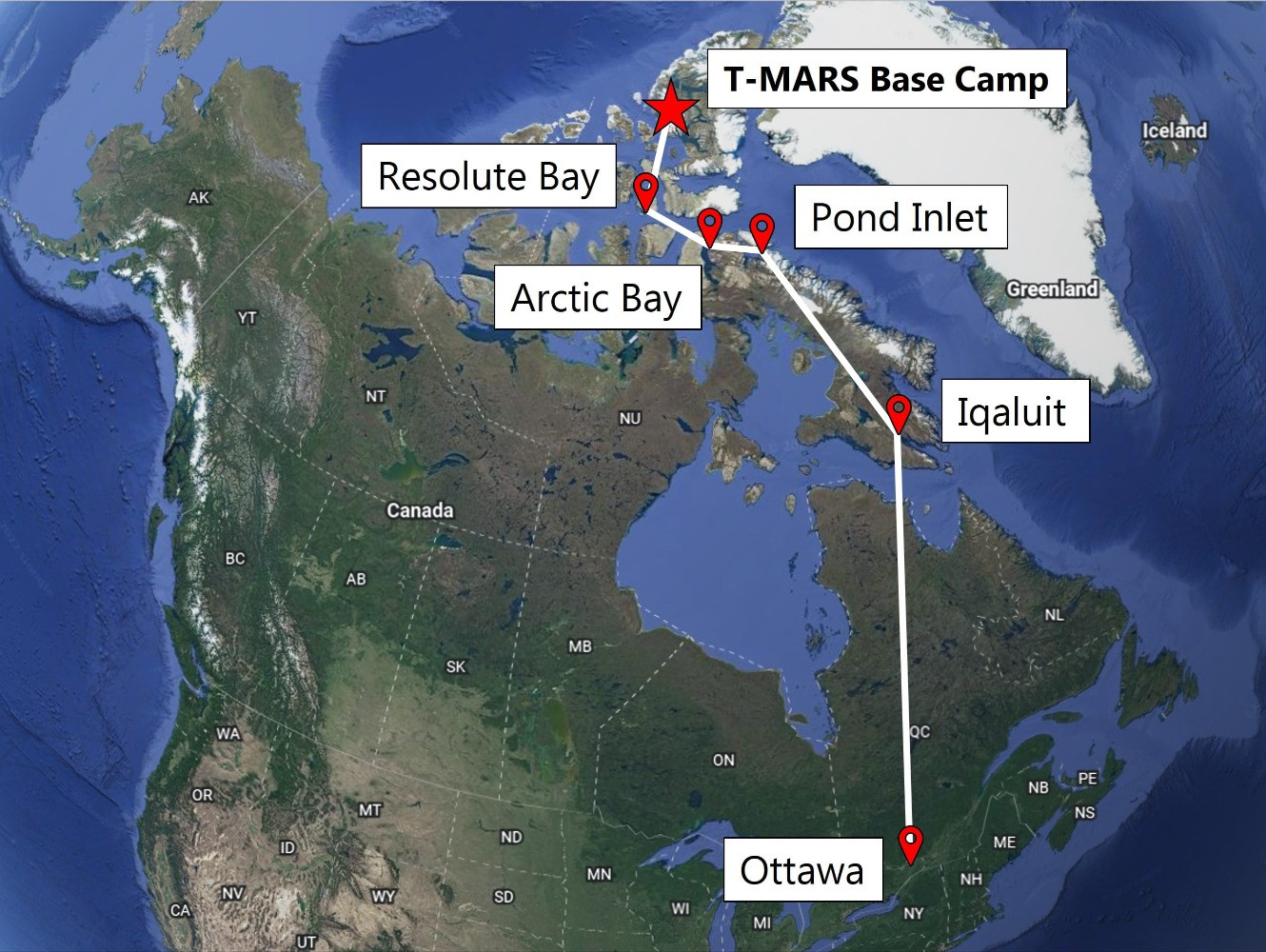
Figure 1: The T-MARS team's route to Axel Heiberg Island (Nunavut) in the Canadian Arctic. Map by Éloïse Brassard, 2022.
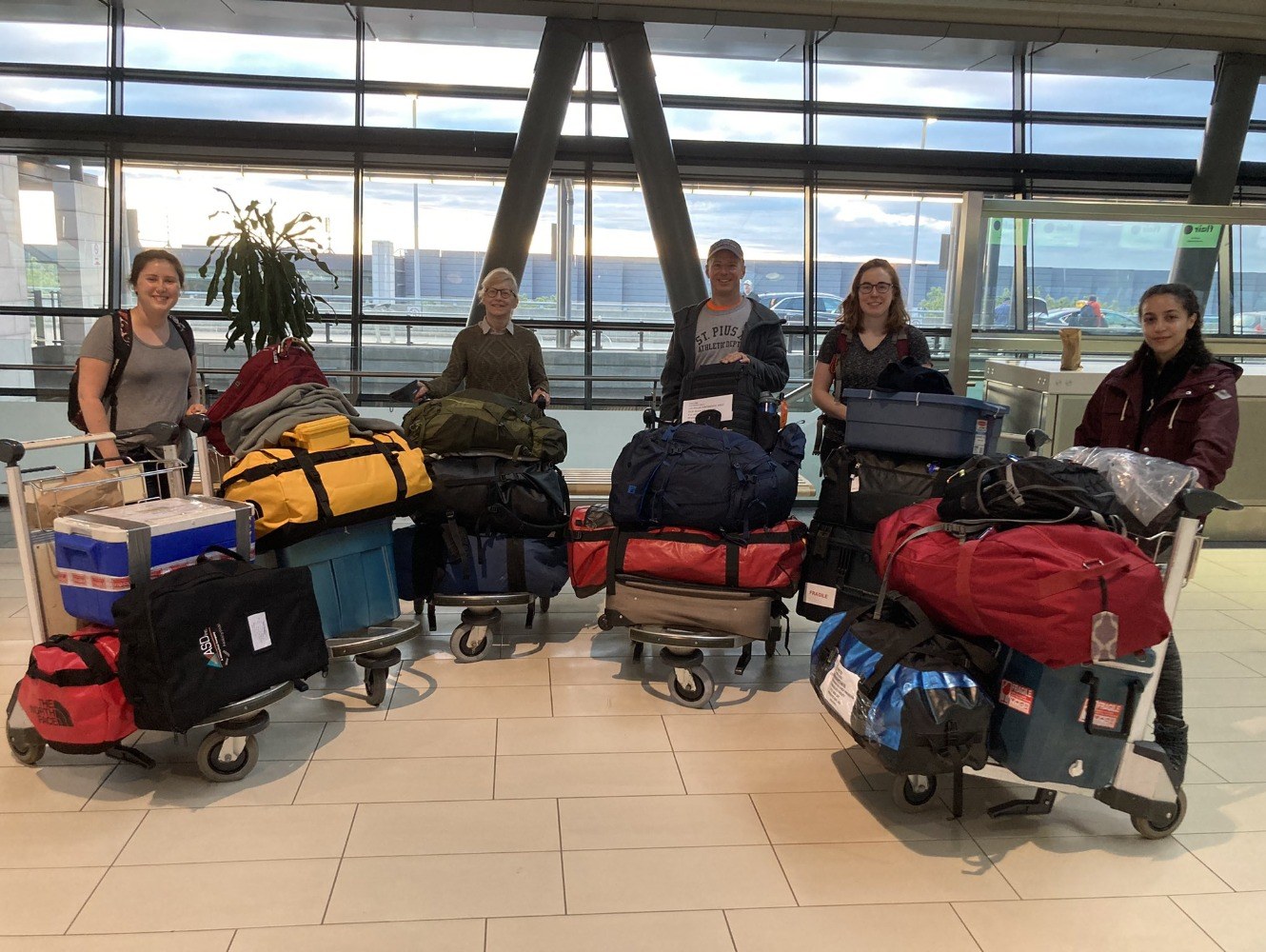
Figure 2: After months of preparation, the team is ready to fly to the Canadian Arctic! Photo: Cassandra Marion, 2022.
After a full day of air travel including stops in Iqaluit, Pond Inlet and Arctic Bay, the team finally arrived at the PCSP Arctic logistics hub in Resolute (Figure 3). This was followed by a 24-hour time trial to check out the expedition gear on loan from PCSP, reorganize all the gear and food into more convenient bags for transport (Figure 4), and decide what was going to be left behind to lighten our total weight of gear, given the changing weather conditions for air transport. This whole exercise was done with the intention of training the students on the logistical aspects of such an expedition.
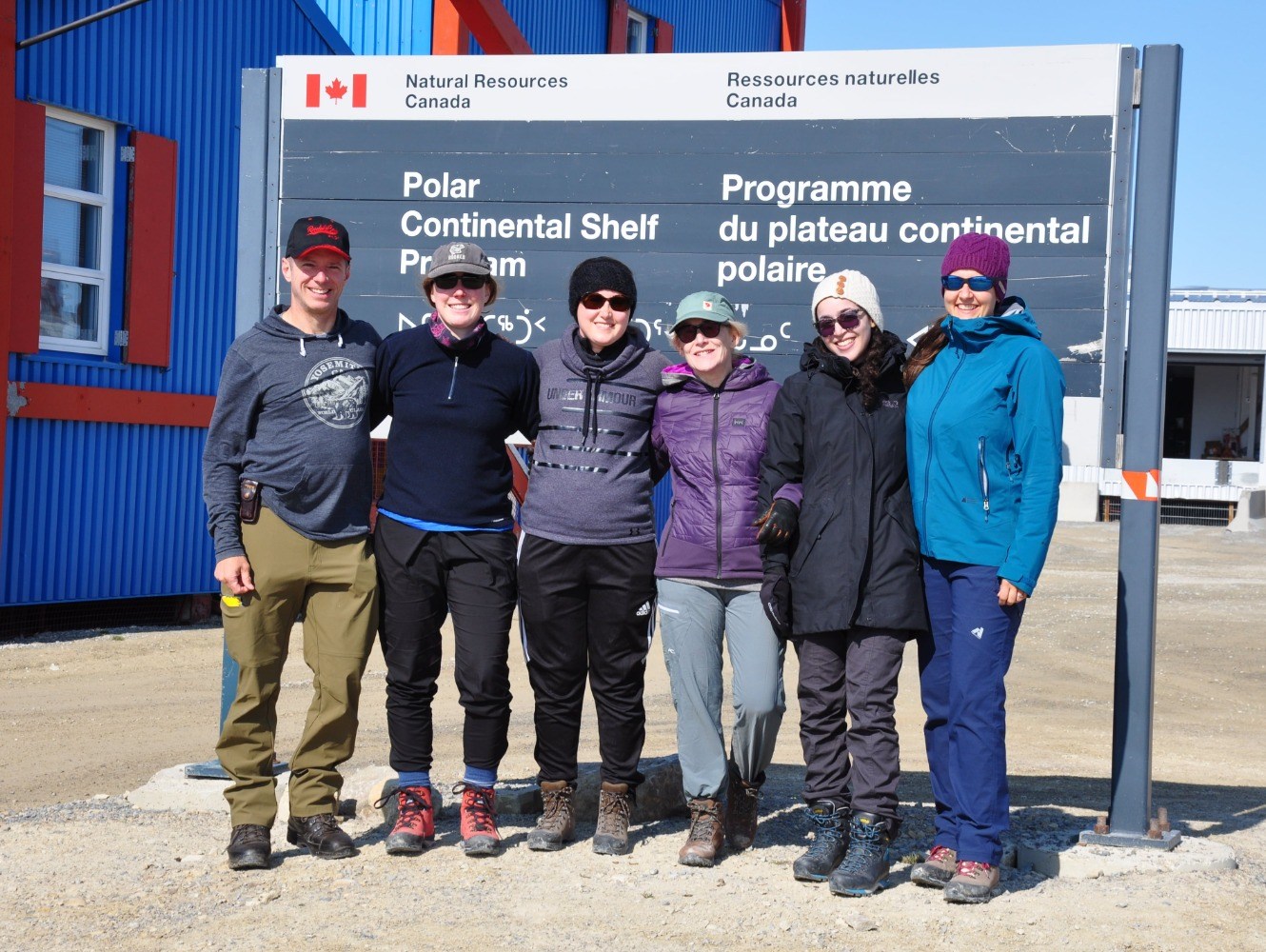
Figure 3: The team arrived at the Polar Continental Shelf Program (PCSP) Arctic logistics hub in Resolute Bay. Photo: Cassandra Marion, 2022.
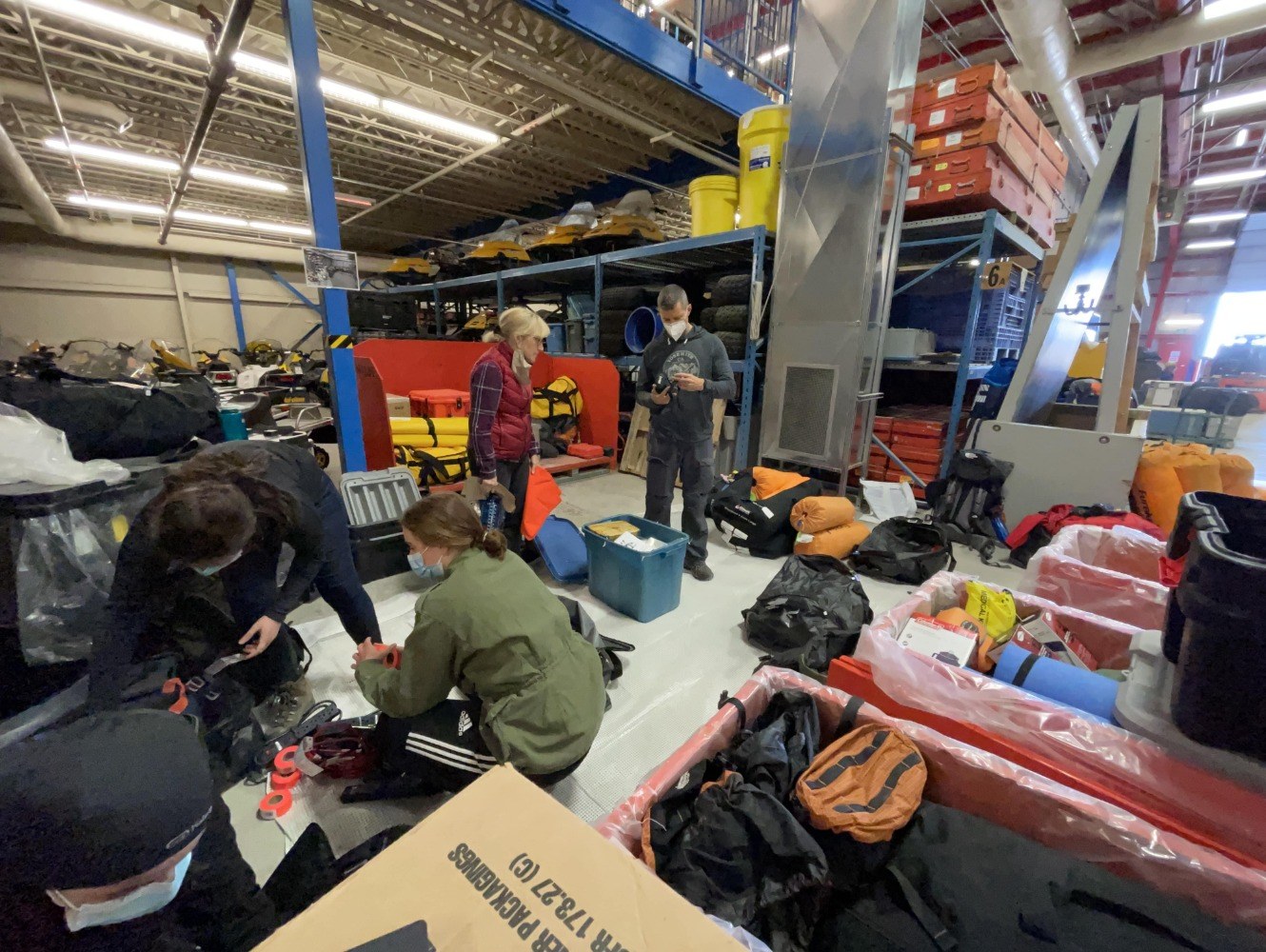
Figure 4: Team members work to organize equipment previously sent to Resolute, moving from large orange crates (bottom right) to more convenient bags and bins for transport. Photo: Cassandra Marion, 2022.
On July 8, the day of the planned departure to Axel Heiberg Island, the logistics officers informed us that the departure would have to be postponed because of fog that prevented any air transport to the north, and because of... a flooded airstrip! Our 24-hour stay in Resolute turned into a week of reorganizing equipment, training team members in the use of various scientific instruments and protocols, preparing plans B, C and D in case of constraints in the field work and readjusting scientific objectives (Figure 5). Finally, a window of good weather occurred on July 14 and the team was able to travel to its first base camp (Camp #1 on the interactive map), with adjustments to the original transportation plan (Figure 6).
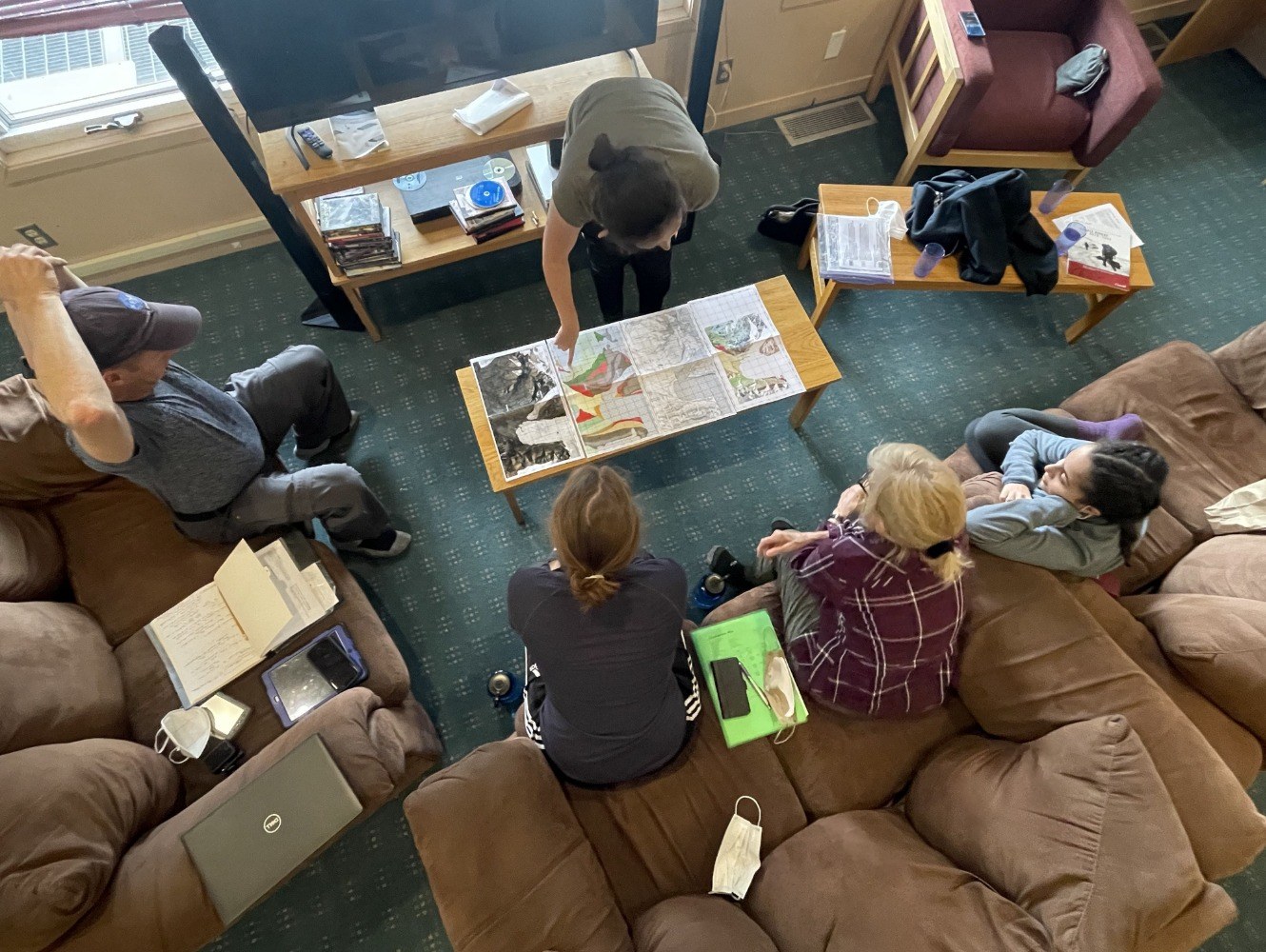
Figure 5: Taking advantage of weather delays, the team's two geomaticians, Stéphanie and Éloïse, present different maps they have produced to the rest of the team to help them find their way in the field. Photo: Cassandra Marion, 2022.
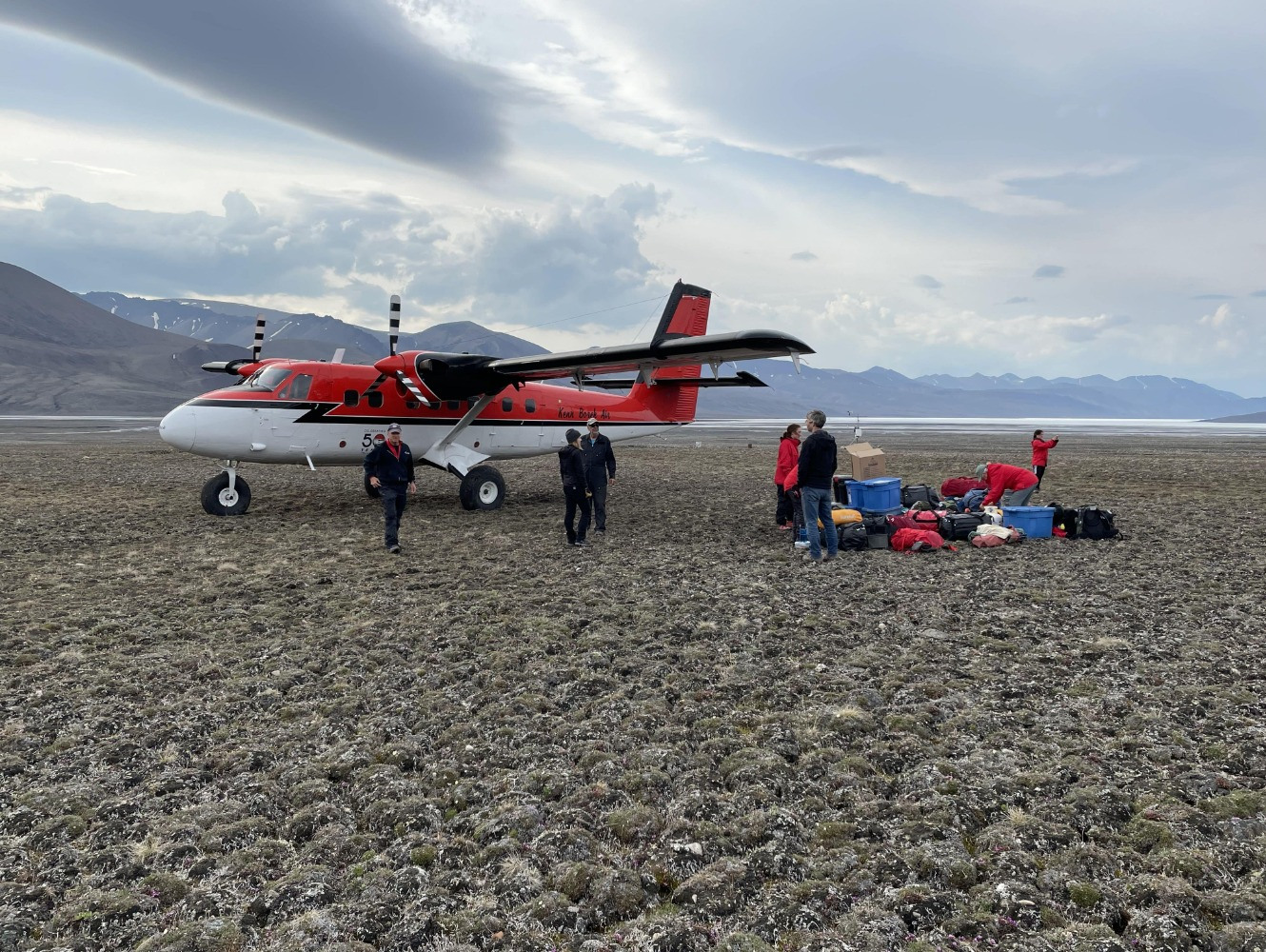
Figure 6: The team has just arrived on Axel Heiberg Island by Twin Otter, which was able to land about 10 km from the planned base camp location. The helicopter is on its way to shuttle the team! Photo: Cassandra Marion, 2022.
The team set up its first camp (Figure 7) 4 km north of the McGill Arctic Research Station. Once the camp was set up - under a torrential rain, which was no small task - two days of traverses on foot allowed us to sample at the White Glacier Vein Array (WGVA) site (Figures 8 to 10).
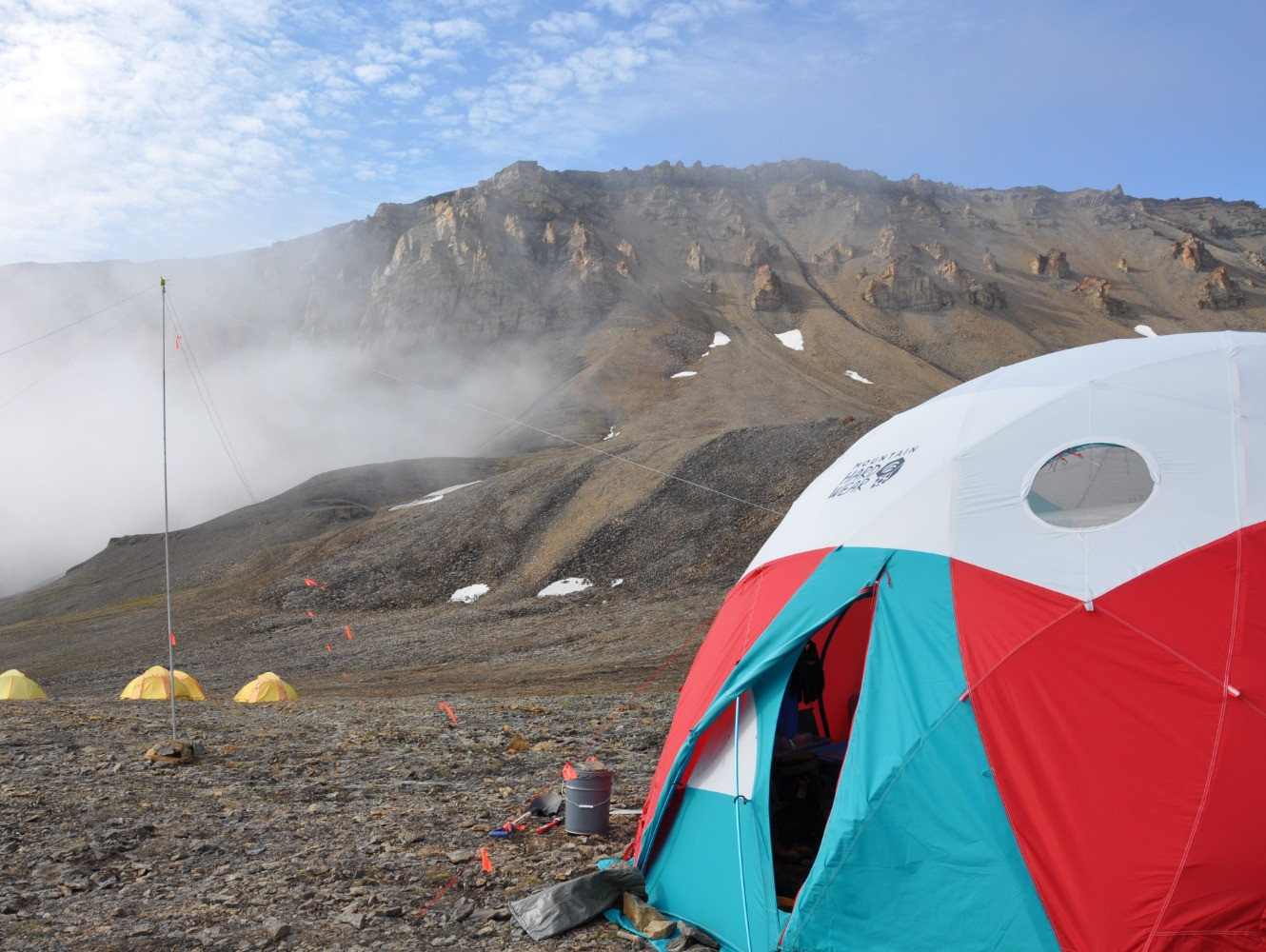
Figure 7: The team's base camp consists of a dome tent that serves as a communal space, office and kitchen, individual tents, and a radio antenna for daily reporting to PCSP logistics officers. Photo: Cassandra Marion, 2022.
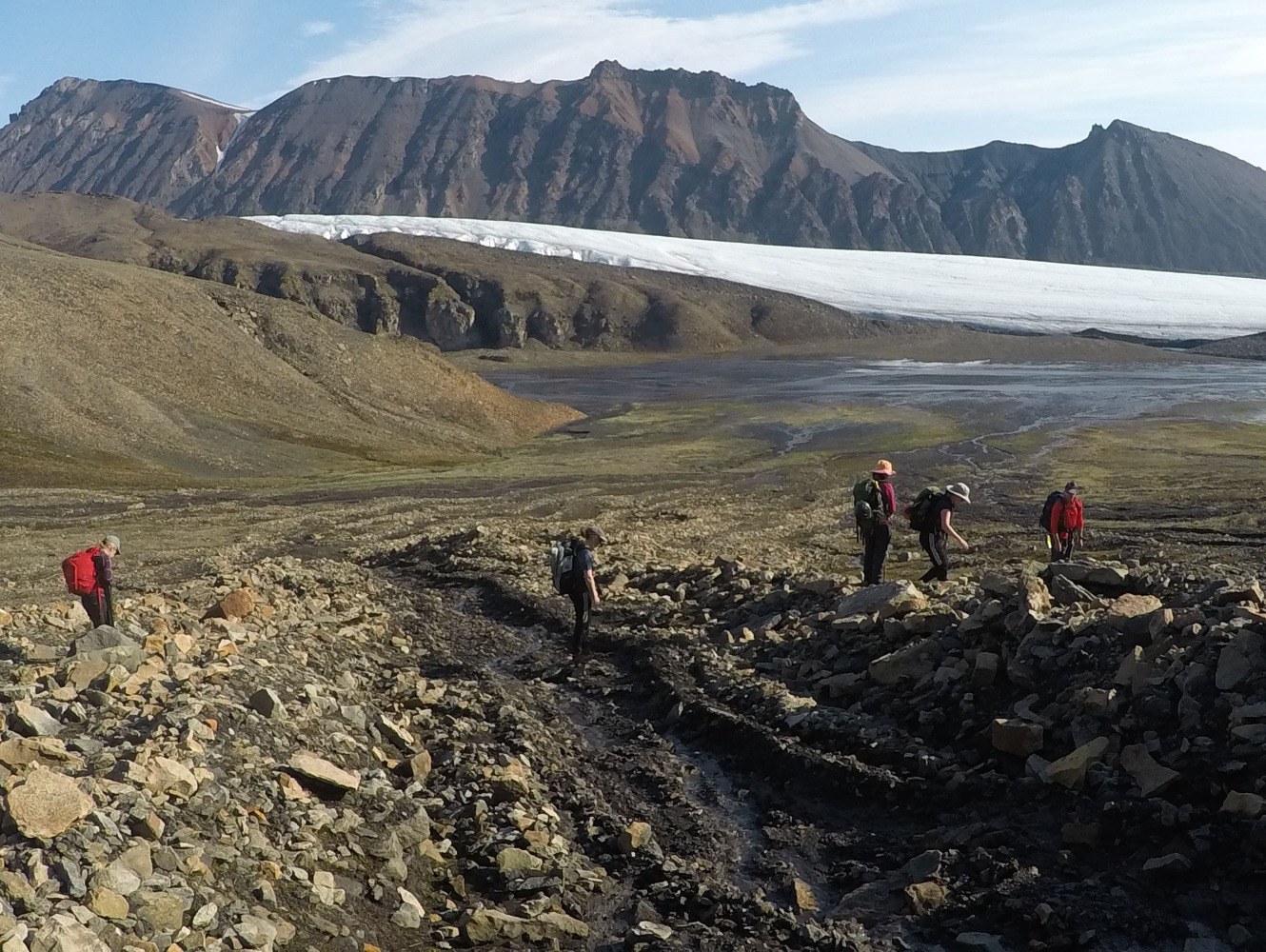
Figure 8: The team has to cross rough terrain every day to get to their study sites. This has its advantages, however, such as being able to see unusual geological formations and beautiful scenery from many angles! Photo: Cassandra Marion, 2022.
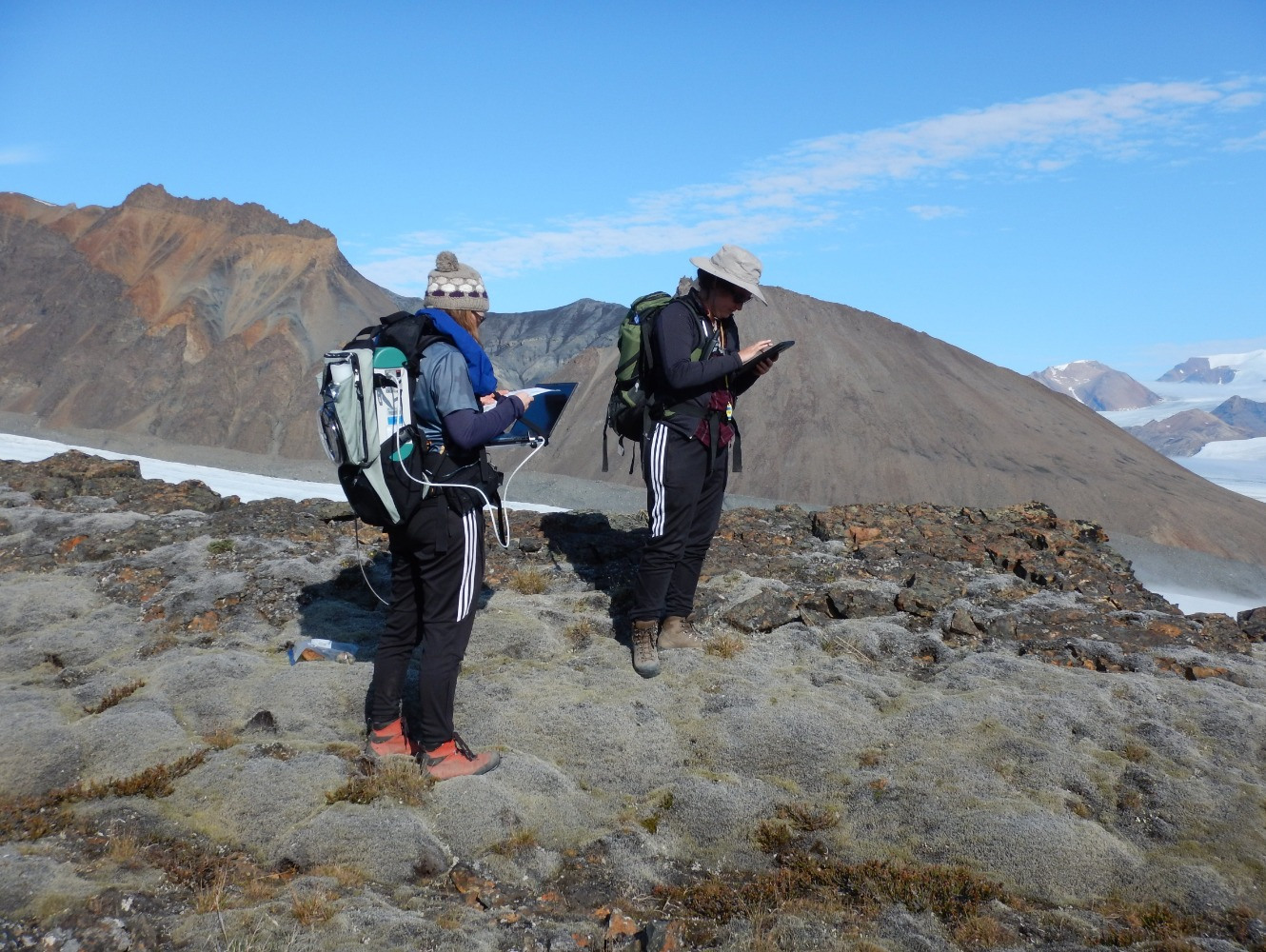
Figure 9: Éloïse and Stéphanie take spectral data of bare rock and lichen-covered rock to check the effect of vegetation on satellite images. Photo: Marie-Claude Williamson, 2022.
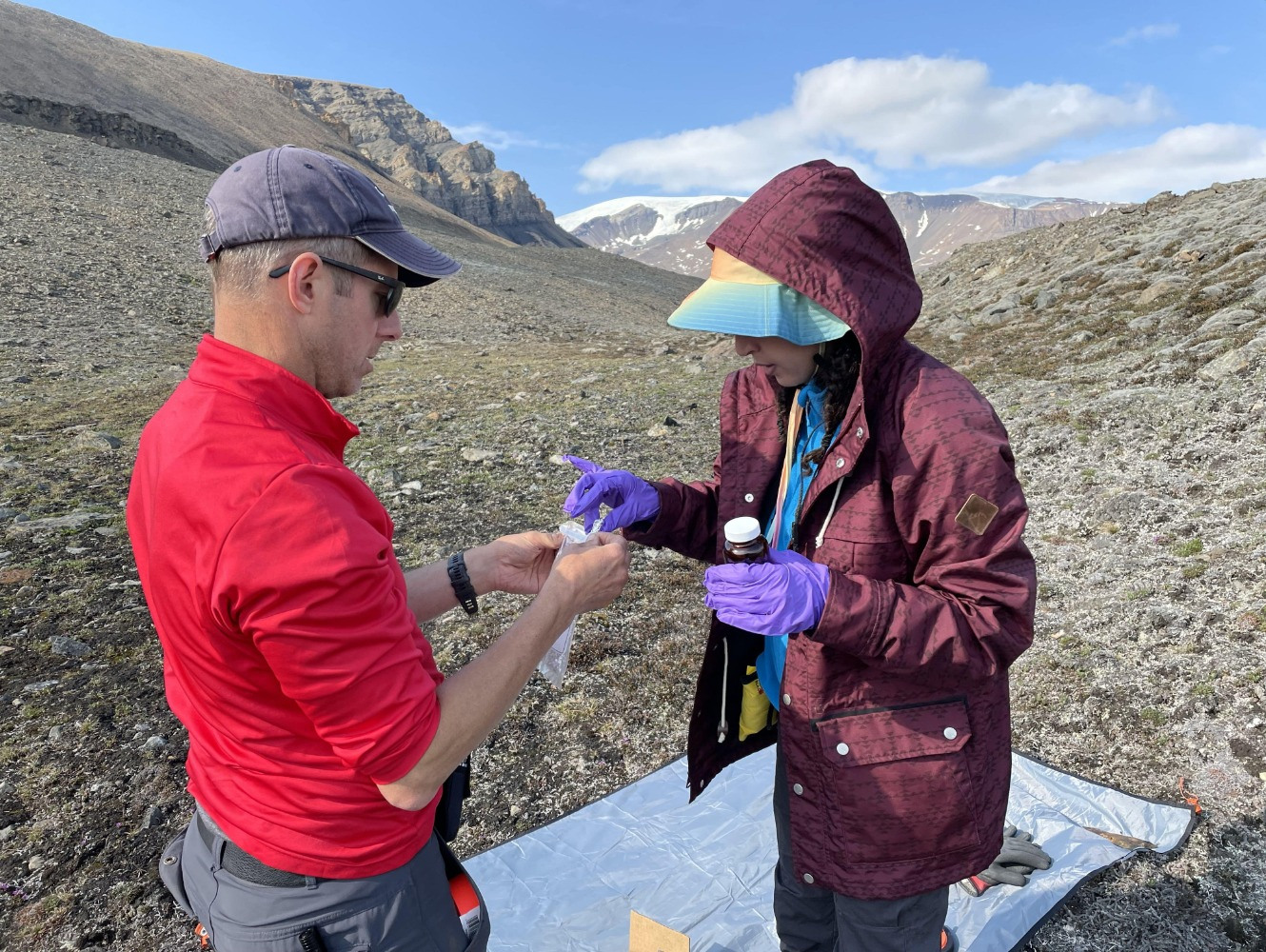
Figure 10: Sean and Hiba are very thorough when sampling the gossans, as they must not be contaminated. Photo by Cassandra Marion, 2022.
As of July 18, we are moving! Several helicopter shuttles were necessary to transfer all the equipment to the second base camp (Camp #2 on the interactive map, figure 11) near the McGill Arctic Research Station. The next day, the team split into two groups to simultaneously hike and sample west of the camp (Figure 12) and sample at Colour Peak, a salt dome full of gossans (Figures 13 and 14).
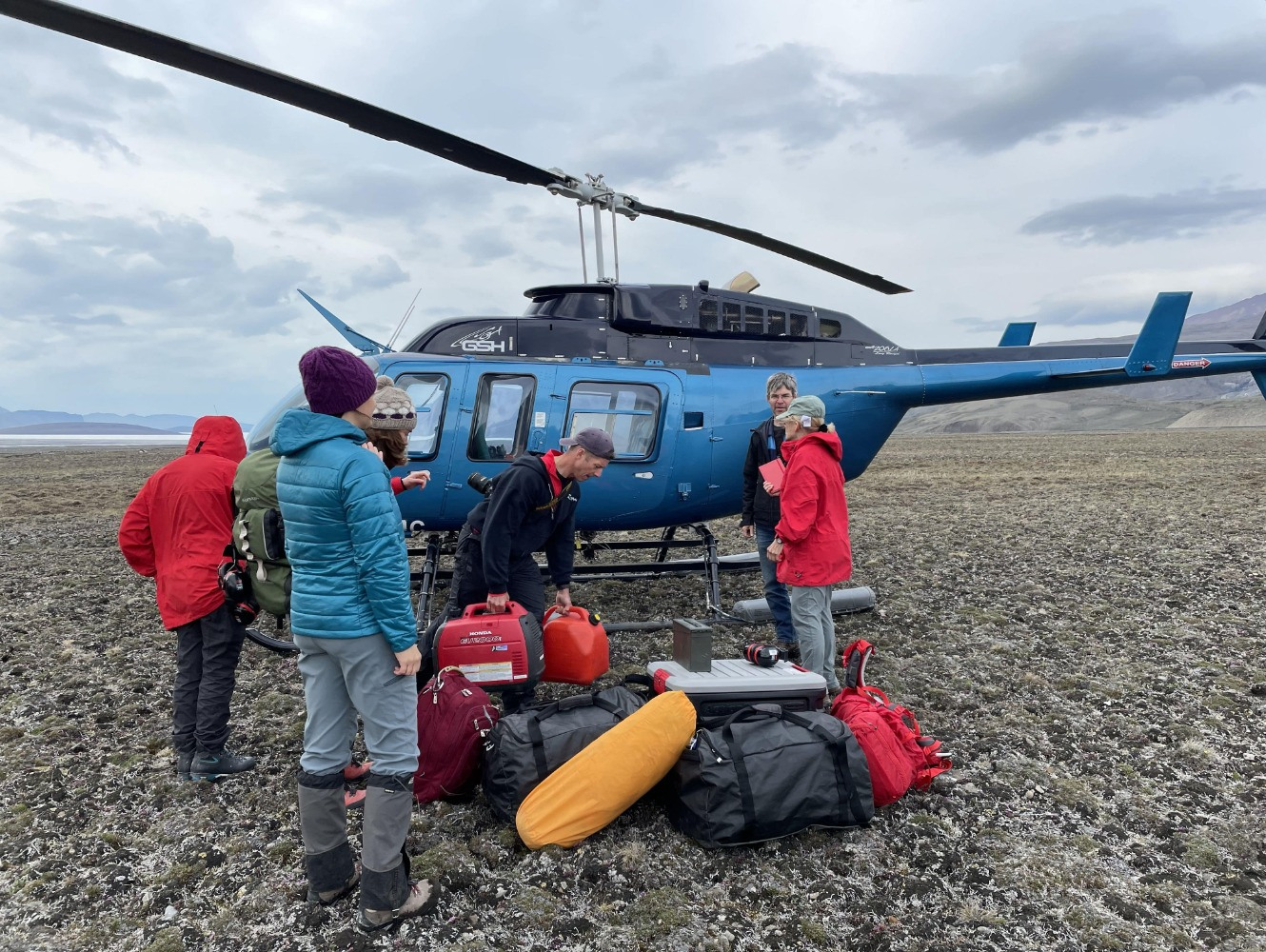
Figure 11: The team prepares to load some of the equipment into the helicopter to move the camp. Photo: Cassandra Marion, 2022.
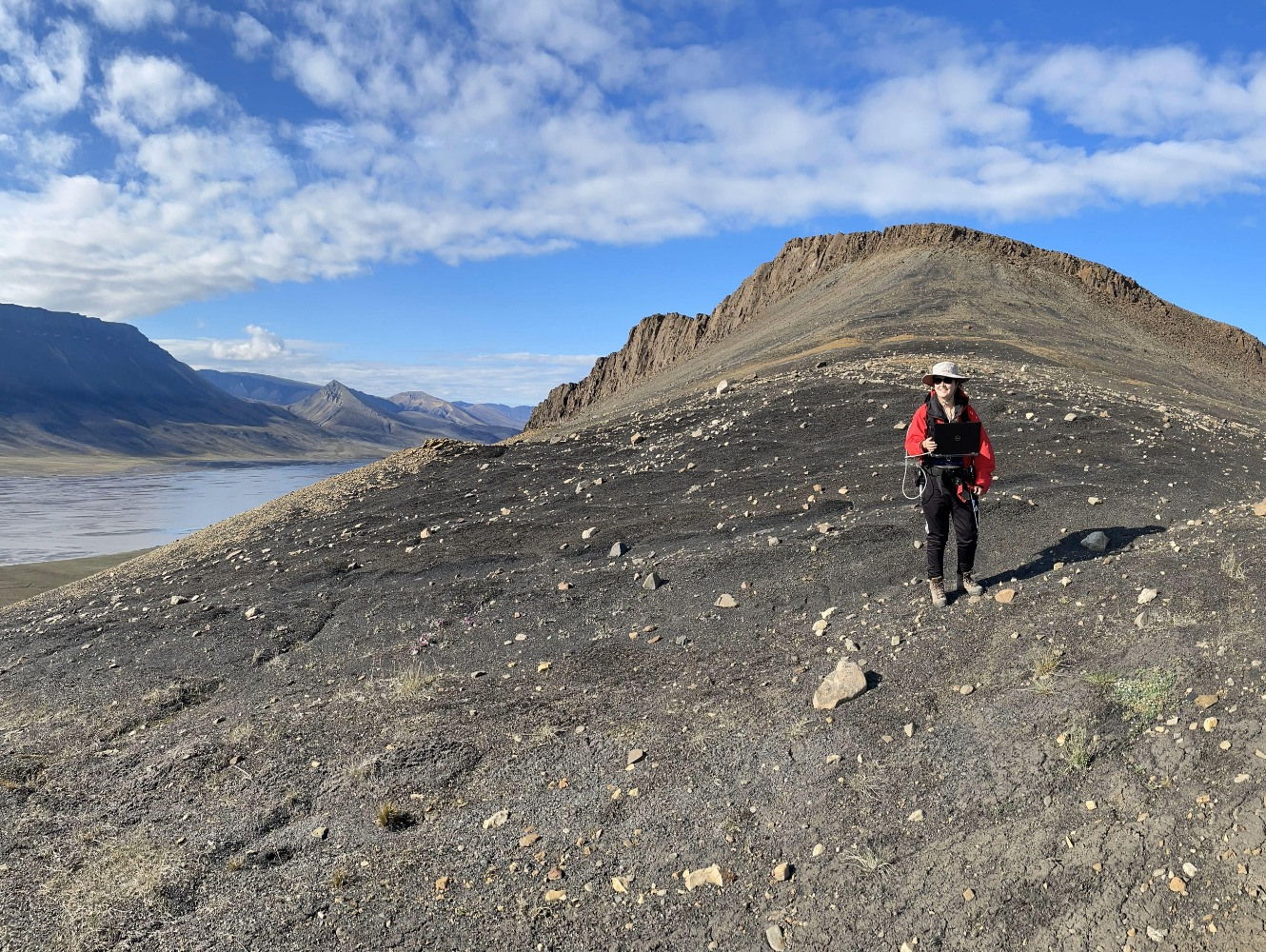
Figure 12: Stephanie walks several kilometers to characterize the different geological layers in the area. Photo: Cassandra Marion, 2022.
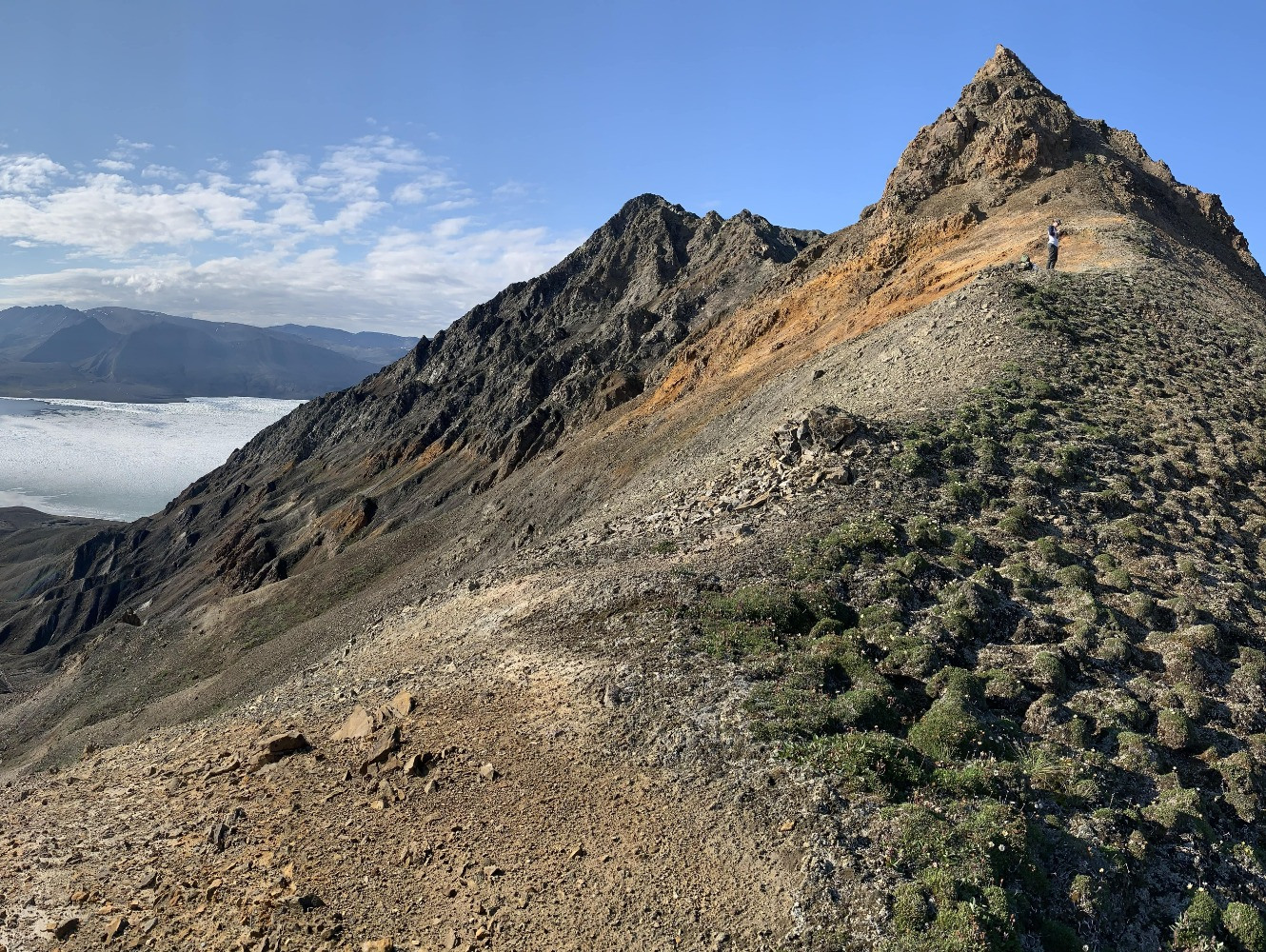
Figure 13: In the upper right corner of the photo, Éloïse is seen collecting samples of gossans at Colour Peak. Photo: Marie-Claude Williamson, 2022.
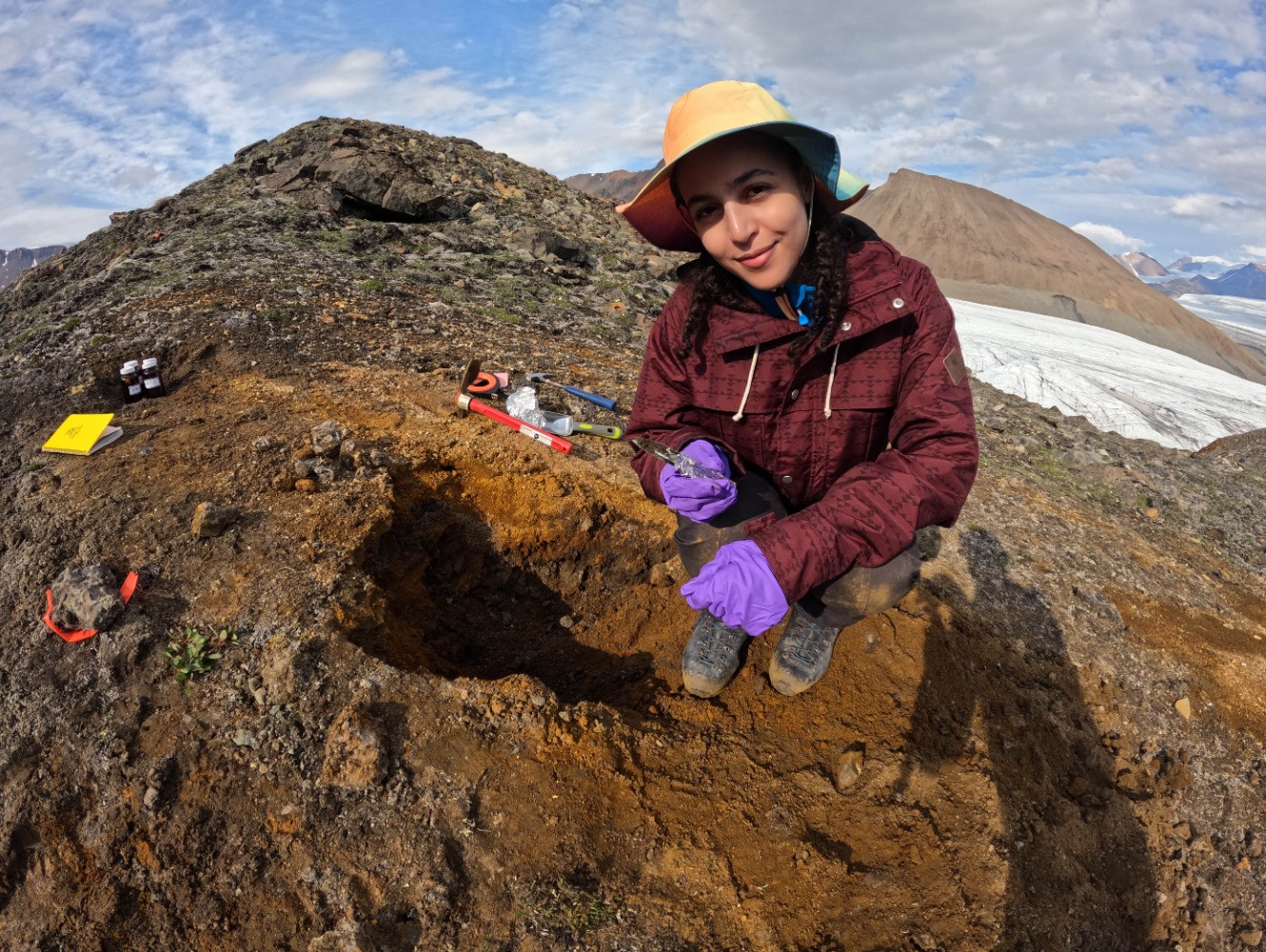
Figure 14: Hiba is well set up to collect samples from a vertical section of a gossan. Her samples must avoid contamination with external organic material in order to be used later. Photo: Sean Clark, 2022.
For the next three days, the team continued to work in subgroups to visit as many locations in the vicinity of the camp as possible, to meet the scientific objectives of each person, and to collect samples of gossans and geologic formations in the area (Figure 15 through 19).
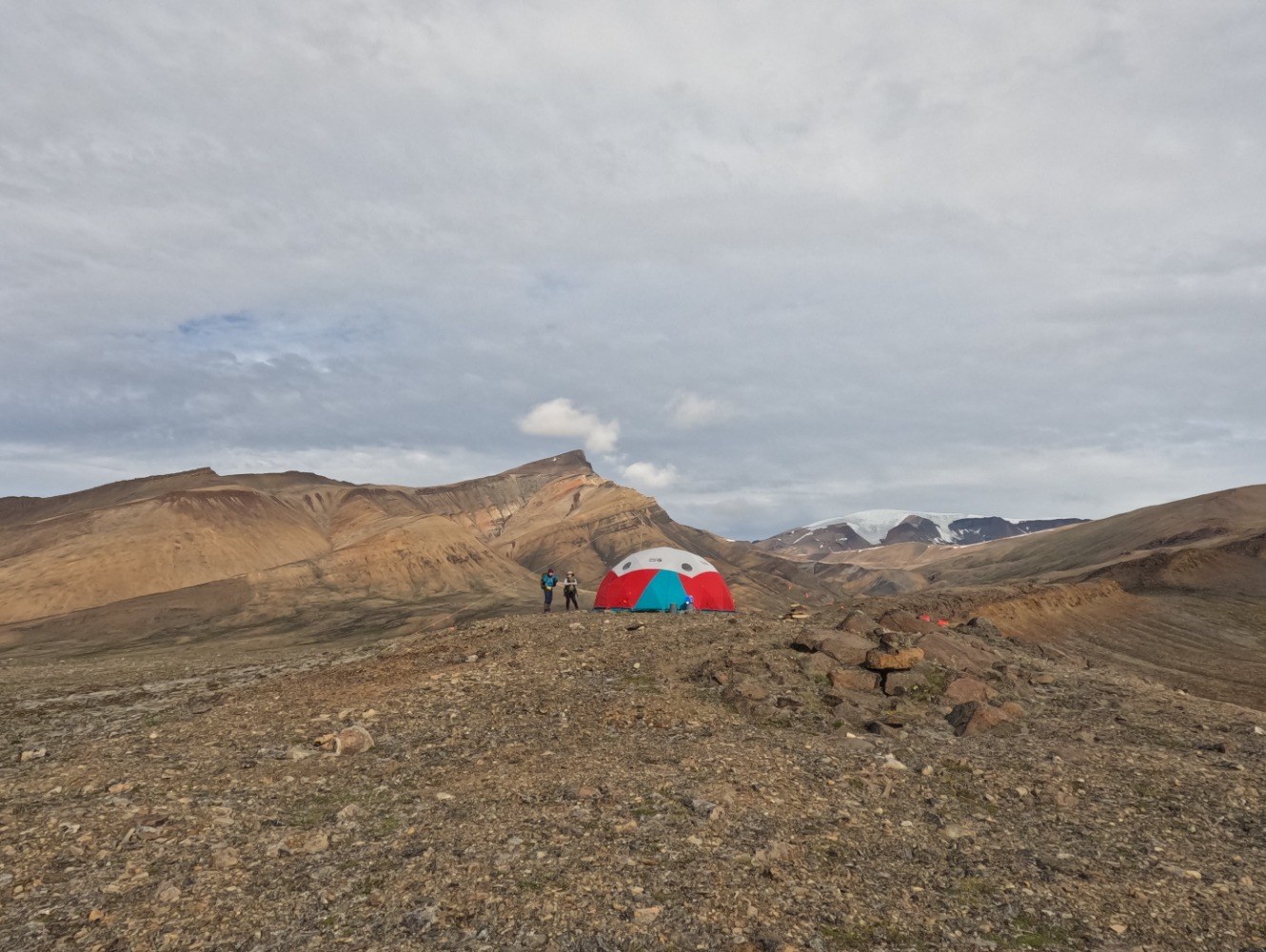
Figure 15: The geological formations were just as spectacular around the second base camp as the first! Photo: Sean Clark, 2022.
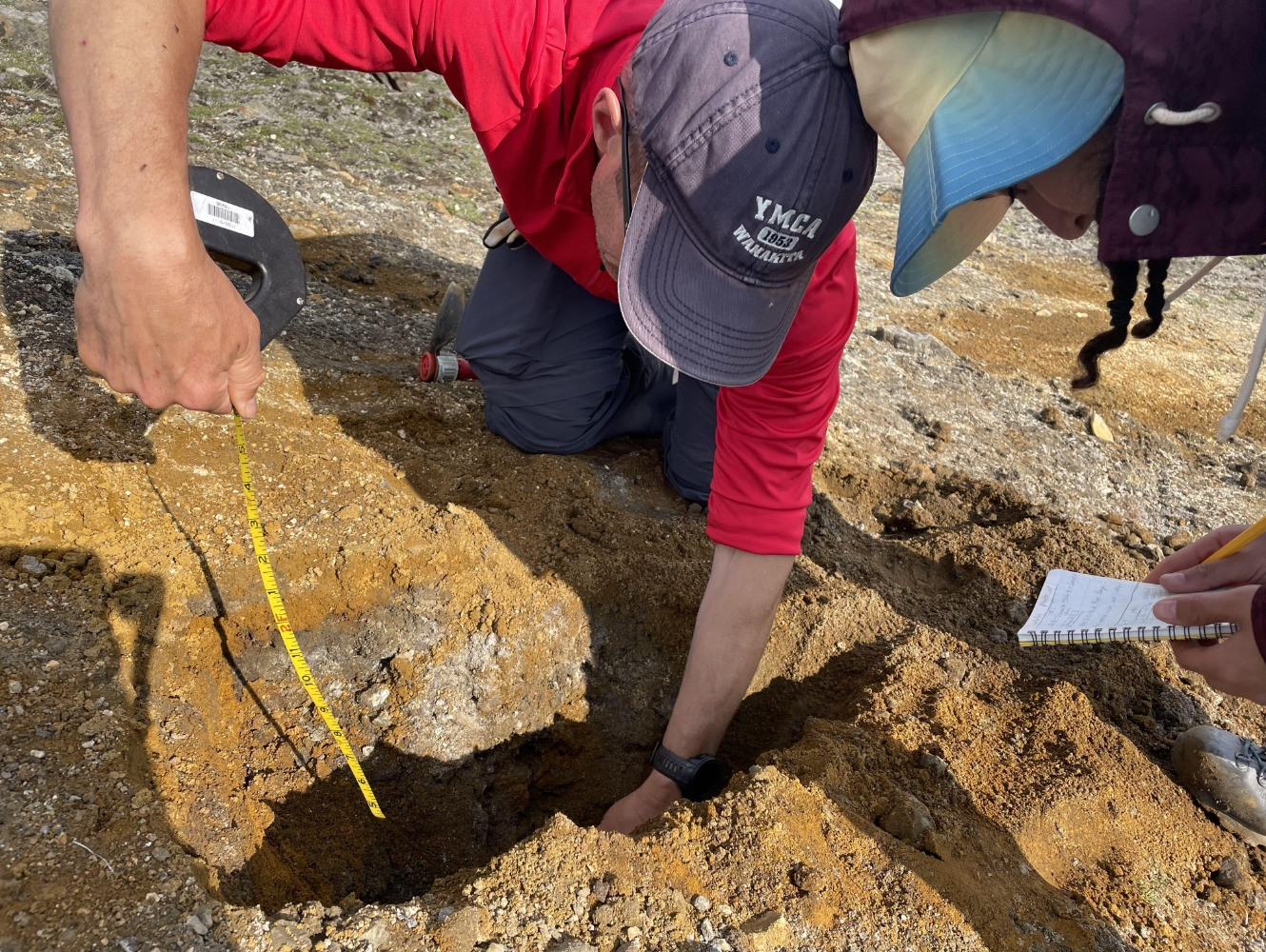
Figure 16: Vertical sections were dug through gossans to collect samples from all layers. Photo: Cassandra Marion, 2022.
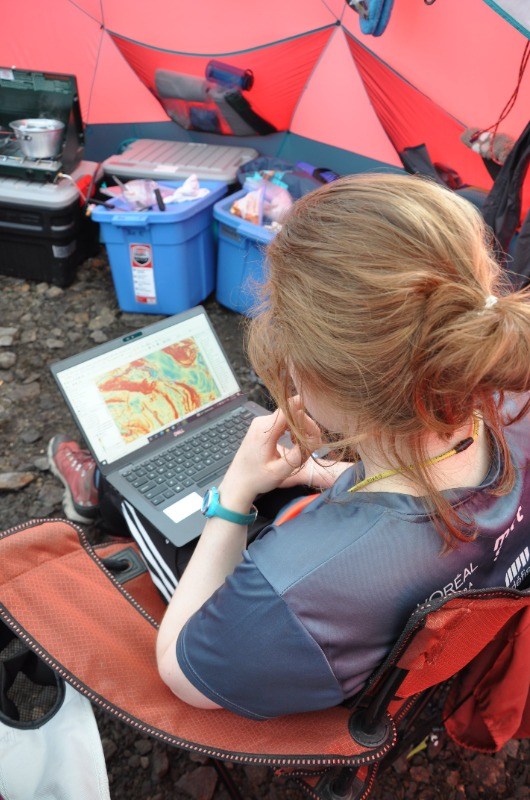
Figure 17: The team's days are very busy! After spending the day walking around collecting soil samples, rocks, and their spectral signatures, the students have to organize the data collected, make backups, and plan the days ahead. Photo: Cassandra Marion, 2022.
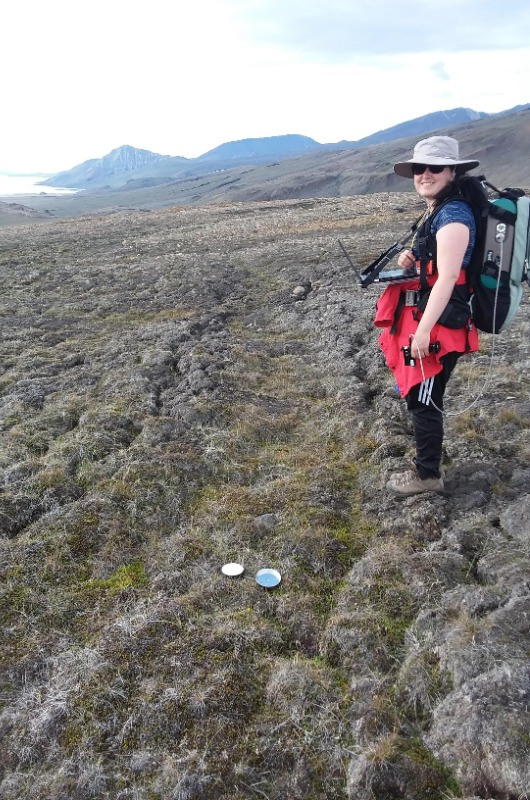
Figure 18: Stephanie measures the spectral signature of the Arctic tundra to improve her reference data for classifying the geology of the region. Photo: Cassandra Marion, 2022.
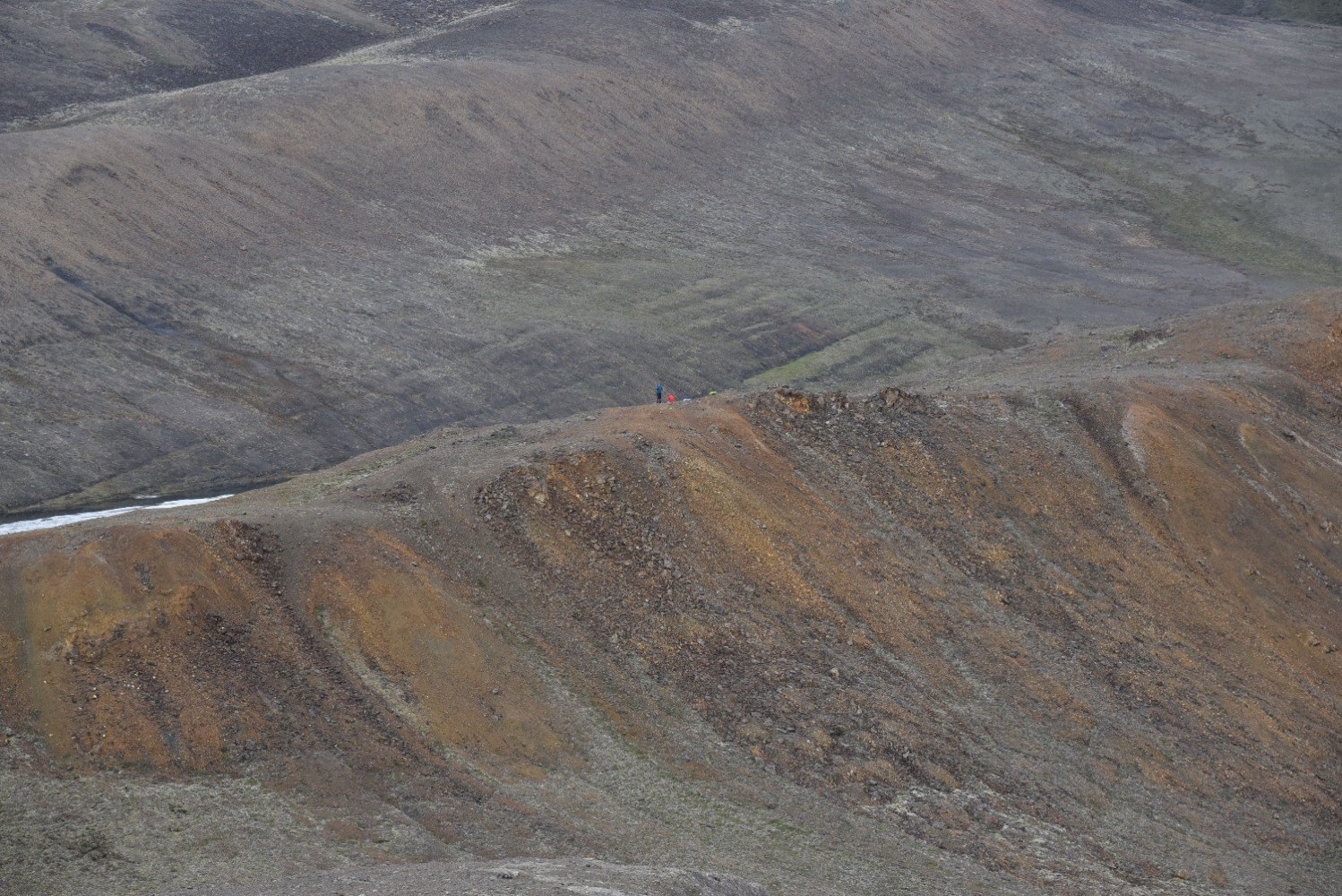
Figure 19: In the center, Cassandra and Hiba can be seen sampling one of the many gossans on Colour Ridge. Photo by Sean Clark, 2022.
On July 24, the scheduled day of return to Resolute, the sun was out after a week of fog. Thus, the team was able to leave Axel Heiberg Island and the other scientific teams from the research station with a heavy heart (Figure 20). After another 24 hours spent in Resolute reorganizing, drying and preparing the material for shipment by freighter to Ottawa, the team finally returned home safely with their precious samples. In the coming months, the students will be busy processing and characterizing the samples for their respective master's projects. This fieldwork experience was a learning experience for each member of the team and will serve as a lever for the organization of the 2023 campaign!
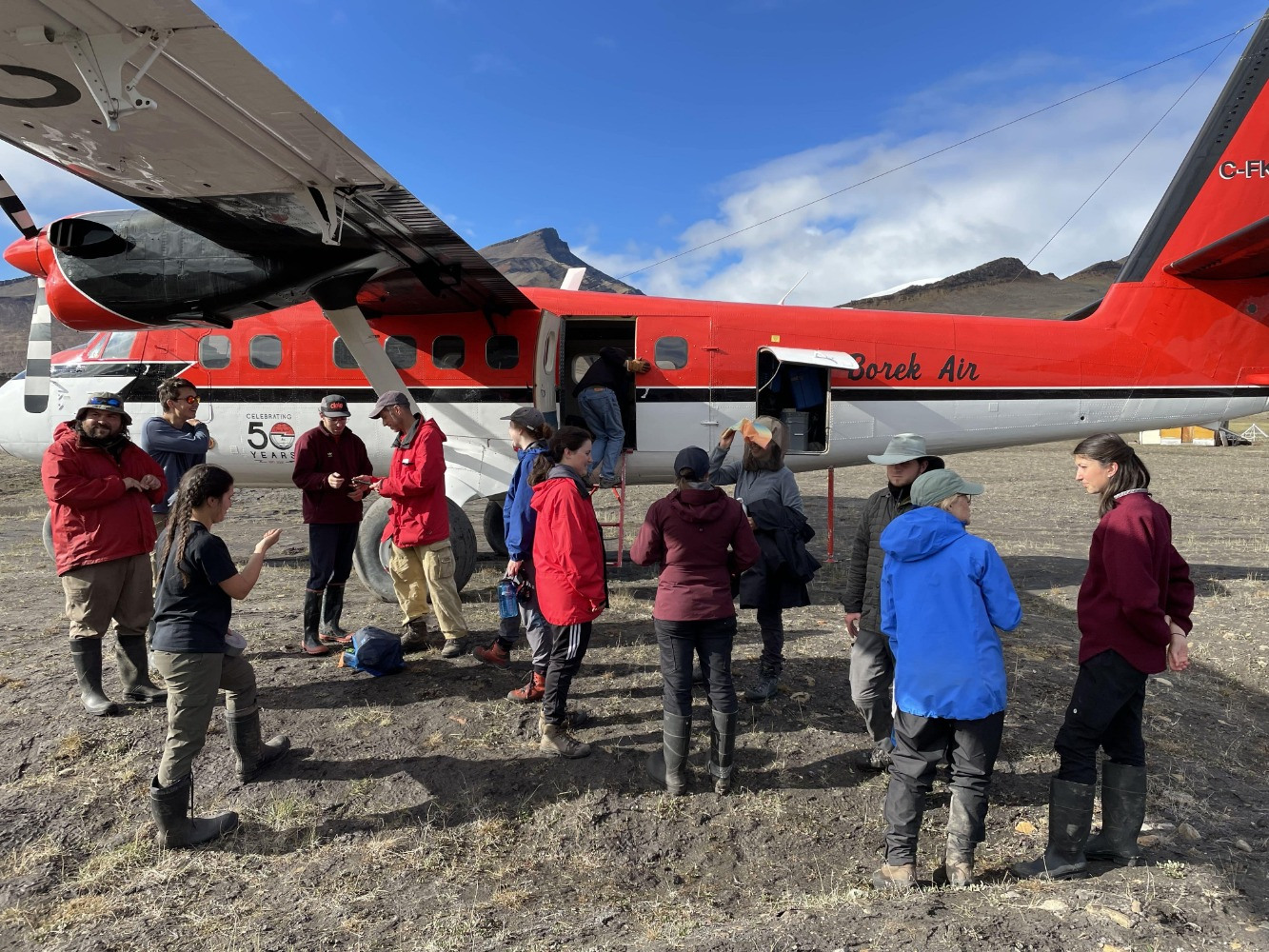
Figure 20: The other scientists at the McGill Arctic Research Station made their farewell the T-MARS team as it leaves for the south. Photo: Cassandra Marion, 2022.